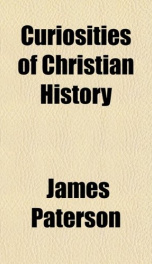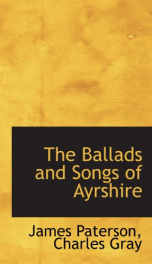curiosities of christian history

Purchase of this book includes free trial access to www.million-books.com where you can read more than a million books for free. This is an OCR edition with typos. Excerpt from book: THE VARIOUS FORMS OF CROSSES. The early Christian writers even in the second century treated prominently the cross as a symbol of the faith, and it came to be held in high honour. The precise figure of the cross, however, is somewhat doubtful, and various forms have been accepted leas simple than that now so familiar. There are modifications according to particular countries and places. One cross resembles the Hebrew letter T, there being no upper limb above the horizontal line. The Greek Cross is a cross where the four limbs are of equal length. The Latin Cross is that commonly used by Christians, the lower perpendicular limb being at least twice the length of the upper limb. The Cross of the Resurrection has a small banner attached to the upper portion, and the lowest perpendicular limb is much longer than the other three. The Cross of the Baptist has also a smaller scroll attached in like manner. The Patriarchal Cross, or Cross of the Holy Sepulchre, was a Greek Cross brought from the East by the Crusaders, also called the Archbishop's Cross and the Cross of Lorraine, and it has two transverse bars, one shorter and above the other. The Papal Cross is like the last, but has three transverse bars. The Greek Cross, known in media?val times as St. Andrew's Cross, consists of slanting bars, instead of perpendicular and horizontal. There are other fanciful forms of cross, called the Cross of Jerusalem, having a small lip at the end of four equal limbs. The Irish Cross, or Cross of lona, has a circle placed over the upper part of the cross. There are pectoral crosses more or less fanciful, worn as relics and ornaments of dress. THE DISCOVERY OF THE HOLY CROSS. When Constantine triumphed over his enemies by the miraculous power of the cross, he resolved to build a magnifice...
Info about the book
Author:
Series:
Unknown
ASIN:
B005Y278RM
Rating:
4/5 (3)Your rating:
0/5
Languge:
English
Users who have this book
Users who want this book
What readers are saying
What do you think? Write your own comment on this book!
write a commentGenre
if you like curiosities of christian history try:
Do you want to exchange books? It’s EASY!
Get registered and find other users who want to give their favourite books to good hands!




